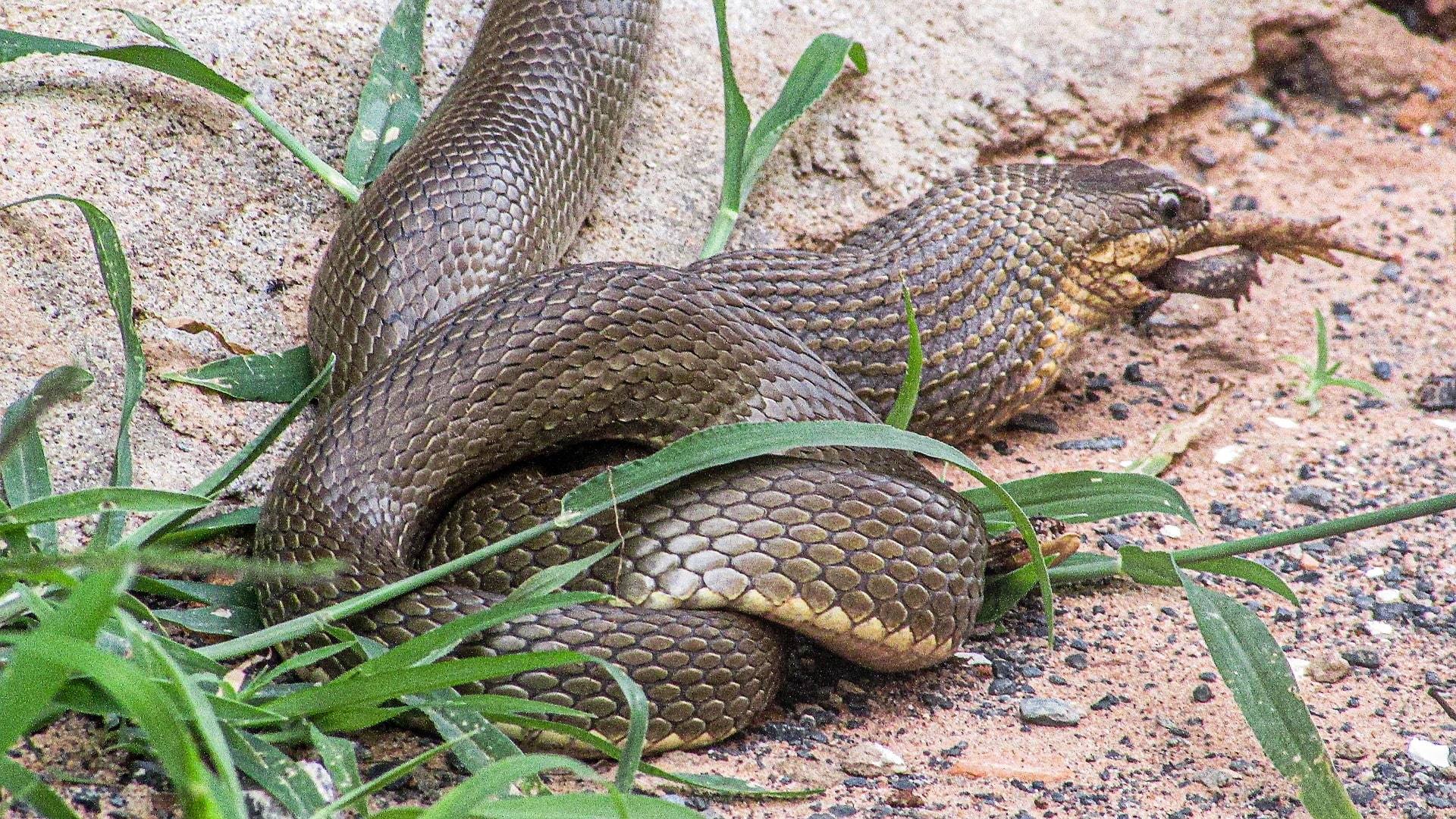When it comes to feeding your pet snake, it’s important to choose the right type of food to ensure their health and well-being. Snakes have specific dietary needs that must be met for them to thrive. In this article, we’ll explore the best types of snake food to help you make an informed decision.
Frozen Mice and Rats: A Convenient and Nutritious Choice
Frozen mice and rats are the most common type of food for pet snakes. These are typically sold pre-killed and frozen, making them a convenient choice for snake owners. Frozen mice and rats are also highly nutritious, providing the necessary protein and fat that your snake needs to stay healthy.
One of the advantages of feeding your snake frozen mice and rats is that they are available in different sizes to accommodate different snake species and sizes. It’s important to thaw frozen mice and rats properly before feeding them to your snake.
Live Mice and Rats: A Natural Choice
Live mice and rats are a natural prey for snakes and can be an excellent choice for certain species. However, feeding live prey can be dangerous for your snake as the prey can fight back and injure your snake. Additionally, live prey can be stressful for your snake and may lead to aggressive feeding behavior.
If you choose to feed your snake live prey, it’s essential to supervise the feeding and remove any uneaten prey immediately. It’s also important to purchase the prey from a reputable source to ensure that it is disease-free.
Frozen or Live Chicks: For Larger Snakes
Frozen or live chicks can be a suitable food choice for larger snake species, such as boas and pythons. Chicks are a good source of protein and fat, and they are available in different sizes to accommodate your snake’s needs.
Feeding live chicks can be challenging, as they can be difficult to catch and may injure your snake. It’s also important to note that chicks are high in fat, so they should be fed sparingly to prevent obesity.
Frozen or Live Rabbits: For Larger Snakes
Frozen or live rabbits can be a good food choice for larger snake species, such as Burmese pythons. Rabbits are a good source of protein and fat, and they are available in different sizes to accommodate your snake’s needs.
Feeding live rabbits can be challenging, as they can be difficult to catch and may injure your snake. It’s also important to note that rabbits are high in fat, so they should be fed sparingly to prevent obesity.
Other Frozen Prey Items: For Variety
In addition to frozen mice and rats, there are other frozen prey items available that can add variety to your snake’s diet. These include frozen quail, hamsters, and guinea pigs. These prey items are available in different sizes to accommodate your snake’s needs.
It’s essential to note that these prey items may not provide the same nutritional value as frozen mice and rats, so they should be fed sparingly and as part of a varied diet.
Commercial Snake Diets: For Specific Nutritional Needs
There are commercial snake diets available that are formulated to provide a complete and balanced diet for your snake. These diets are typically available in dry pellet form and are designed to meet the specific nutritional needs of different snake species.
Commercial snake diets can be a convenient choice for snake owners, as they are easy to store and use. However, they may not be as palatable as other types of snake food, and they may not provide the same level of enrichment as live prey.
Final Thoughts
In conclusion, there are many different types of snake food available, each with its unique benefits and drawbacks. When choosing a type of food for your pet snake, it’s essential to consider their species and size, as well as their nutritional needs.
Whether you choose frozen mice and rats, live mice and rats, frozen or live chicks, frozen or live rabbits, other frozen prey items, or commercial snake diets, the most important thing is to ensure that your snake’s diet provides all of the essential nutrients they need to stay healthy and happy. By taking the time to choose the right type of snake food and monitoring your snake’s health, you can help ensure that they live a long and healthy life.
Remember, it’s always important to consult with a veterinarian or an experienced snake owner before making any significant changes to your snake’s diet. They can help you determine the best type of food for your snake based on their individual needs and circumstances. With proper care and feeding, your snake can live a healthy and fulfilling life.
